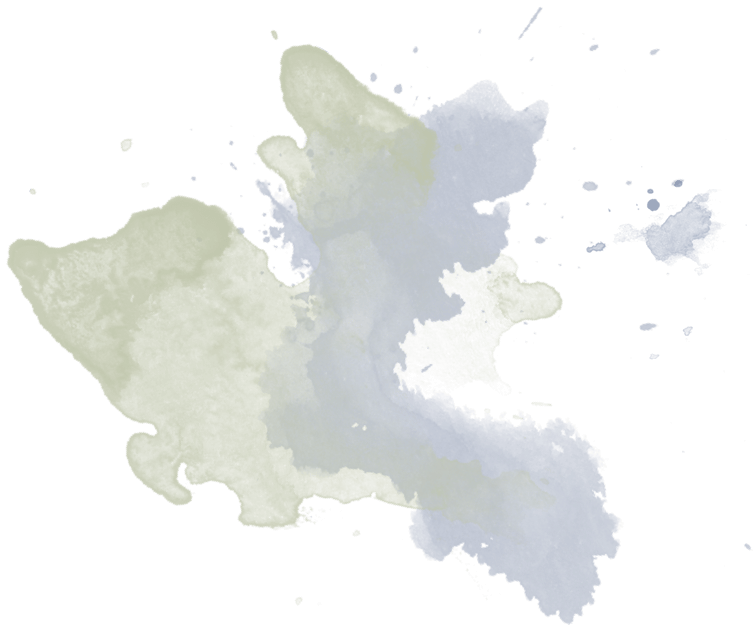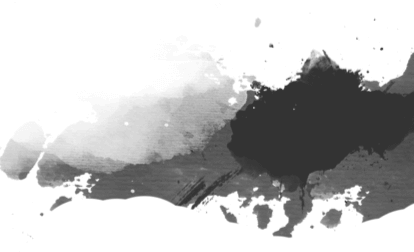 Traces of Rhine Romanticism
Traces of Rhine Romanticism»Turner in the Upper Middle Rhine Valley«
The paintings of William Turner are among the most important and popular works of art of the Rheinromantik. The British artist toured the Rhine on several occasions. He was fascinated by the grandeur of the natural landscape, the ruins and the vine-covered hillsides along the Rhine. Turner’s talent for meticulous observation and his tremendous feeling for pictorial dynamics and the play of light have endowed us with a large number of watercolours based on the countless sketches he made on his first trip to the Rhine in 1817. With almost photographic precision, whilst still employing artistic exaggeration and collage style, he records landscapes, towns and human activity.

The »William Turner Route«
A total of 26 sites between Koblenz and Bingen mark important waypoints on Turner’s journey through the Upper Middle Rhine Valley. The momentary impressions he captured at these locations were subsequently turned into watercolour masterpieces that communicate his passion for the special atmosphere and primordial quality of the landscape along this poetically idealized river. Walk-on info panels and interactive storytelling invite the viewer to enter the artist’s world.
The ground installations of the William Turner Route will be gradually implemented on site over the next few years. The start in 2017 was at the locations 9, 10, 11 and 12 in the vicinity of St. Goar and St. Goarshausen. The Sites 13, 14, 15 and 17 with a view of the Loreley and Oberwesel followed in January 2020. In 2022, the locations 6, 7, 18 and 19 were added. Further progress will be reported accordingly. The entire repertoire of Turner's selected views on the Rhine can already be experienced digitally on the website.
Follow the trail of the artist and discover his fascinating view of the valley.
 London – Koblenz
London – Koblenz»Setting off for new horizons«
In his life so far, William Turner has produced countless sketches, composed paintings and created masterpieces. Up to now, however, the legendary Rhine has never been one of his motifs. He is full of eager expectation at the prospect of visiting »Father Rhine« when he sets out on his journey in the summer of 1817.
On the morning of 10th August 1817 Turner leaves his home city of London. He travels by stagecoach via Belgium and the Netherlands. He gets his first glimpse of the Rhine eight days later in Cologne. He is carrying only light baggage, as he intends to cover most of the distance on foot – along stony, overgrown paths along the banks of the mighty river. He follows the »Route Napoleon« along the west bank of the Rhine. Having paused to make several sketches at Bonn and Remagen, he reaches the town of Koblenz on the evening of 21st August.


»I have fortunately met with a (…) little elderly gentleman, who will probably be my travelling companion throughout the journey. He is continually popping his head out of the window to sketch whatever strikes his fancy, and became quite angry because the conductor would not wait for him whilst he took a sunrise view (…).
›Damn the fellow!‹ says he, ›He has no feeling.‹
From his conversation he is evidently near kin to, if not absolutely, an artist. Probably you may know something of him. The name on his trunk is J. W. or J. M. W. Turner.«
»The Rhine revealed«
Thursday 21st August 1817 is a warm, sunny summer’s day and the Rhine shows itself to its best advantage. No wonder, then, that Turner spends two nights here, savouring the impressions of the old Roman city. Ehrenbreitstein Fortress holds a particular fascination for him. Working from a wide variety of different viewpoints, he records his impressions and studies in his “Waterloo and Rhine” sketchbook. The idyllic location at the confluence of Rhine and Moselle will remain a lasting inspiration and he is to return here on many occasions in later years.
It is not until more than 20 years later that he paints this series of watercolours of the fortress, using his collection of architectural studies as source material. The series is considered one of his finest, showing very early on his unparalleled instinct for colour and light.
 Koblenz – Boppard
Koblenz – Boppard»Drawing, he sees«
On Saturday 3rd August the artist continues on his way in the direction of Boppard. He walks along the west bank of the Rhine, surrounded by the unspoilt natural scenery of the valley. The summer scene inspires his creative flow. He records the view of the castles of Stolzenfels and Lahneck in a quick sketch before crossing the river by boat to Lahnstein.
His route leads him on until he reaches the outskirts of Braubach. Never destroyed, the mighty Marksburg stands proudly on its rock, high above the Rhine. Turner records this view in three large sketches. He crosses the river once more by ferry and continues on his walk to St. Goar.


»A brisk walk«
Turner has completed just over half the day’s 40 kilometre walk when he reaches Boppard. He is quite taken with the lively little town. He is particularly interested in the local townsfolk and the bustling scene by the river. Here, too, Turner makes numerous sketches.
His path leads him onwards along the riverbank, taking him past the castles of Sterrenberg and Liebenstein, also known as the »hostile brothers«. As the day draws to a close there is hardly any time left to capture Burg Maus on paper. A few drawings later, after a long and sometimes arduous trudge, he reaches the town of St. Goar.
»In the Valley of the Loreley«
Like Koblenz, St. Goar was also to become an important waypoint on Turner’s journey. Armed with three sketchbooks and a dozen pencils, he spends the whole Sunday exploring the town and the surrounding area. The steep rocks of the castles Katz and Rheinfels afford him spectacular views of the gently flowing river and the narrow valley. Turner is particularly captivated by the beauty of the formidable Loreley rock. Its imposing form will become one of the most significant motifs of his journey. Turner records his impressions from more than seven different viewpoints.
»An arduous journey«
On the morning of 25th August Turner cheerfully packs up his belongings. The longest and most difficult stage of his journey lies ahead. He completes the 56 kilometres to Mainz in two stages. Walking along the towpath on the west bank of the Rhine he soon reaches the town of Oberwesel and the view of Kaub with its island castle »Pfalzgrafenstein«. He sketches continuously, capturing landscapes, small villages and the numerous ruined castles in precise strokes. After an exhausting trek he finally reaches Bingen.
»Return to England«
At Bingen the landscape changes. Here the river broadens out and becomes calm – it no longer offers Turner the picturesque motifs which have captivated him on his walking tour. The weary traveller now boards a boat for the last stage of his journey to Mainz. On deck Turner enjoys the rest and the views of the passing countryside. He makes significantly fewer sketches.
On Wednesday 27th August, having spent a day in Mainz, Turner sets off on his homeward journey to England. Initially travelling by boat, Turner embarks on the 830 kilometre journey home. His sketchbooks are filled to the brim. He uses up any free spaces to record fleeting impressions during the boat trip which offers him new perspectives of familiar motifs. After short overnight stays at St. Goar, Koblenz and Cologne, he arrives back home in London on Monday 1st September 1817.
»A travel experience with lasting effects«
Turners Reiseeindrücke und Zeichnungen füllen drei Skizzenbücher. Die Wintermonate wird Turner damit beschäftigt sein, seine Studien in beeindruckende Gemälde umzusetzen. Dabei entstanden 51 Aquarelle alleine für seinen Auftraggeber Walter Fawkes. Die Serie gehört zu seinen Schönsten und hatte großen Einfluss auf die Werke späterer Jahre. Turners Gemälde wurden an Förderer und Sammler verkauft oder erreichten als Stahlradierungen ein noch größeres Publikum. Heute findet man sie in Museen und Privatsammlungen auf der ganzen Welt.
Turner’s Rhine tour of 1817 – one of his first trips abroad – was not only a professional triumph, but a personal one as well. It gave him the confidence to venture out again on ambitious expeditions, year after year. The inspiration he drew from these journeys and the endless repertoire of sketches provided the foundations for his artistic development. With his extensive oeuvre on the Middle Rhine Valley, William Turner is one of the most influential personalities of Rhine Romanticism.


























